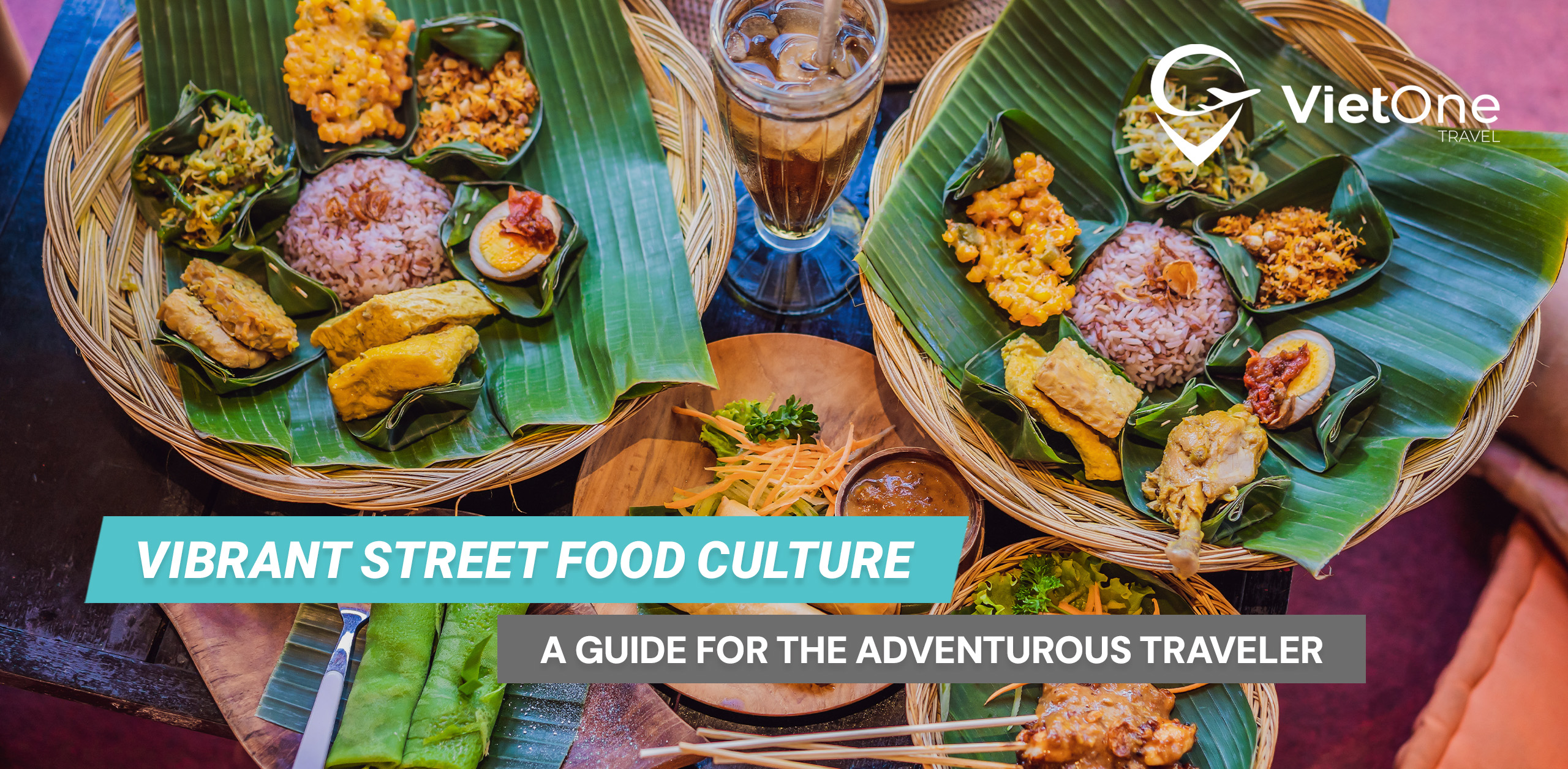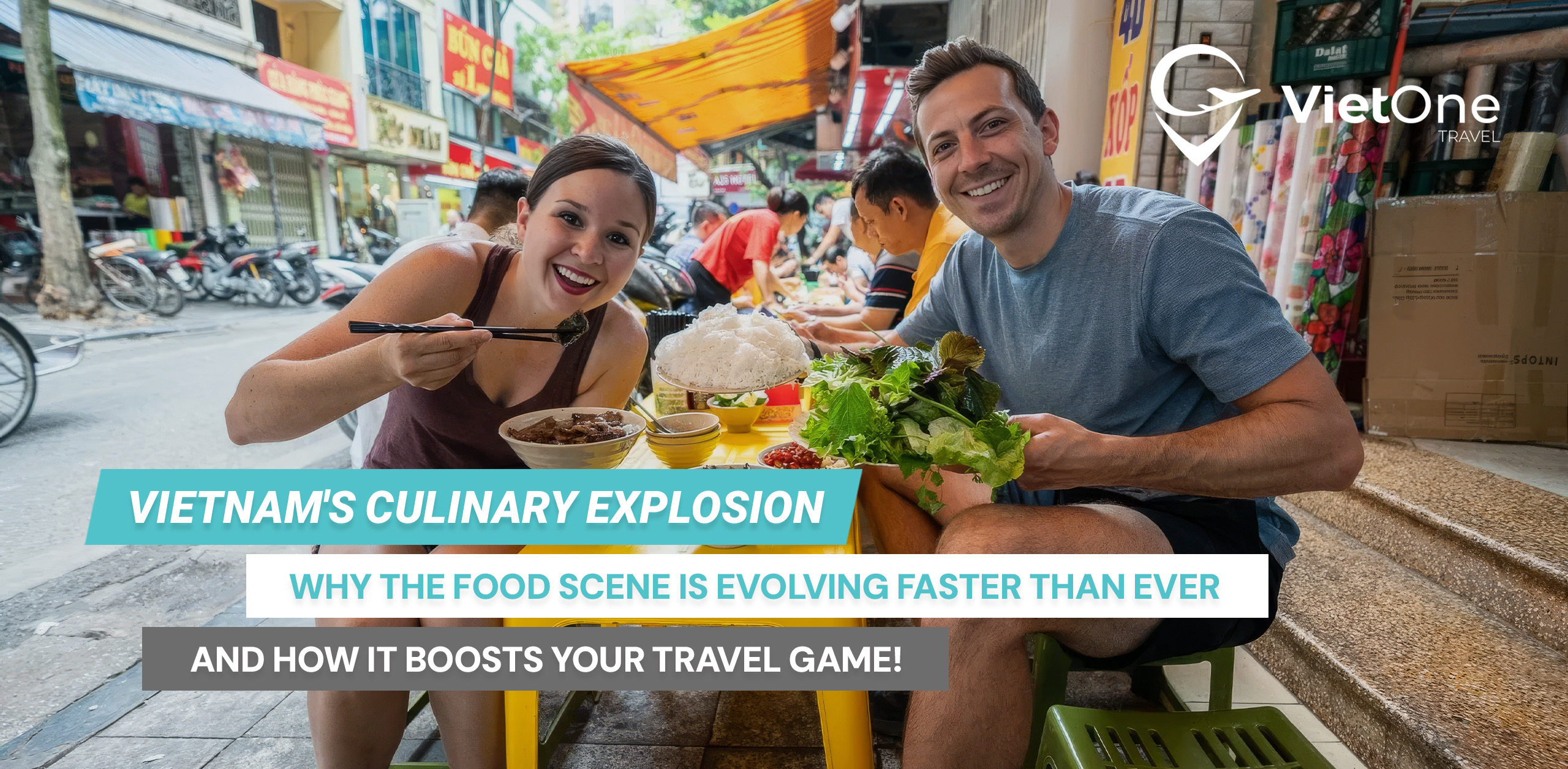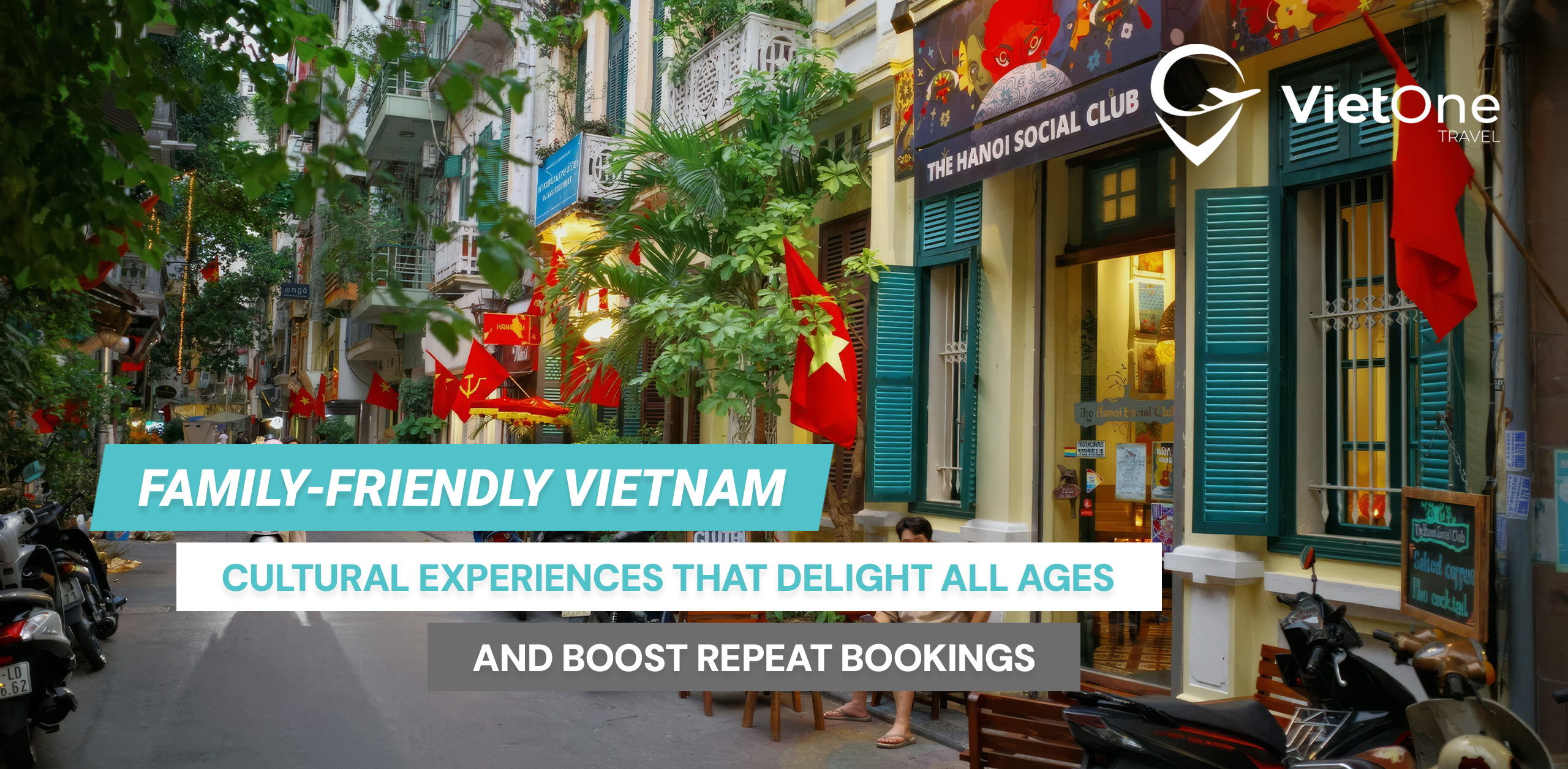Hello, fellow travel enthusiasts! If you’re a travel agent or professional dreaming up unforgettable itineraries for your clients, Vietnam is a goldmine of diverse experiences—from the bustling streets of Hanoi to the serene beaches of Phu Quoc. One of the best-kept secrets? How incredibly straightforward and affordable internal flights are here. With a network of modern airports, frequent departures, and budget-friendly fares, hopping between regions feels like a seamless adventure rather than a hassle. Imagine your clients zipping from ancient temples to tropical islands in under two hours—it’s the perfect way to maximize their time and uncover Vietnam’s hidden gems. At VietOne Travel, we’re all about making these journeys effortless to craft bespoke tours that leverage this connectivity.
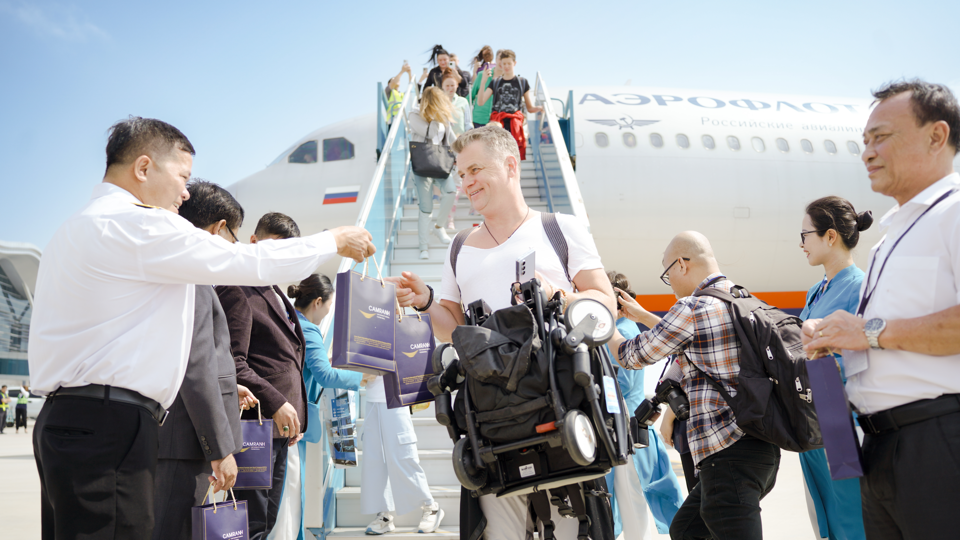
Let’s start with the gateways: Vietnam boasts over 20 civil airports, including 10 international ones, ensuring excellent coverage across the country. The major hubs are well-equipped with amenities like lounges, duty-free shops, and efficient ground transport, making transitions smooth for even the most discerning travelers. Here’s a rundown of the key airports, each opening doors to unique destinations:
- Noi Bai International Airport (HAN) in Hanoi: The northern powerhouse, handling millions of passengers annually. It’s your entry to the capital’s historic charm and nearby wonders like Ha Long Bay.
- Tan Son Nhat International Airport (SGN) in Ho Chi Minh City: Vietnam’s busiest, buzzing with energy. Perfect for southern explorations, from the Mekong Delta to urban nightlife.
- Da Nang International Airport (DAD) in Da Nang: Centrally located, it’s a launchpad for the stunning central coast, including Hoi An and My Son ruins.
- Cam Ranh International Airport (CXR) near Nha Trang: Serves beach lovers heading to crystal-clear waters and vibrant marine life.
- Phu Quoc International Airport (PQC) on Phu Quoc Island: Direct access to paradise beaches and eco-adventures in the Gulf of Thailand.
- Cat Bi International Airport (HPH) in Hai Phong: Close to industrial hubs and a short drive to Ha Long Bay cruises.
- Phu Bai International Airport (HUI) in Hue: Ideal for imperial history buffs visiting ancient citadels and royal tombs.
- Lien Khuong Airport (DLI) in Da Lat: Gateway to the cool highlands, with flower fields and colonial architecture.
- Vinh International Airport (VII) in Vinh: Connects to central Vietnam’s rural beauty and Ho Chi Minh’s birthplace.
- Can Tho International Airport (VCA) in Can Tho: Essential for Mekong Delta floating markets and river cruises.
- Van Don International Airport (VDO) in Quang Ninh: Newer hub near Ha Long Bay, boosting northern tourism.
- Phu Cat Airport (UIH) in Quy Nhon: Emerging spot for pristine beaches and Cham towers.
These airports aren’t just functional—they’re evolving rapidly, with expansions like new terminals at SGN and HAN enhancing passenger flow. For travel pros, this means reliable options for multi-city itineraries without long layovers.
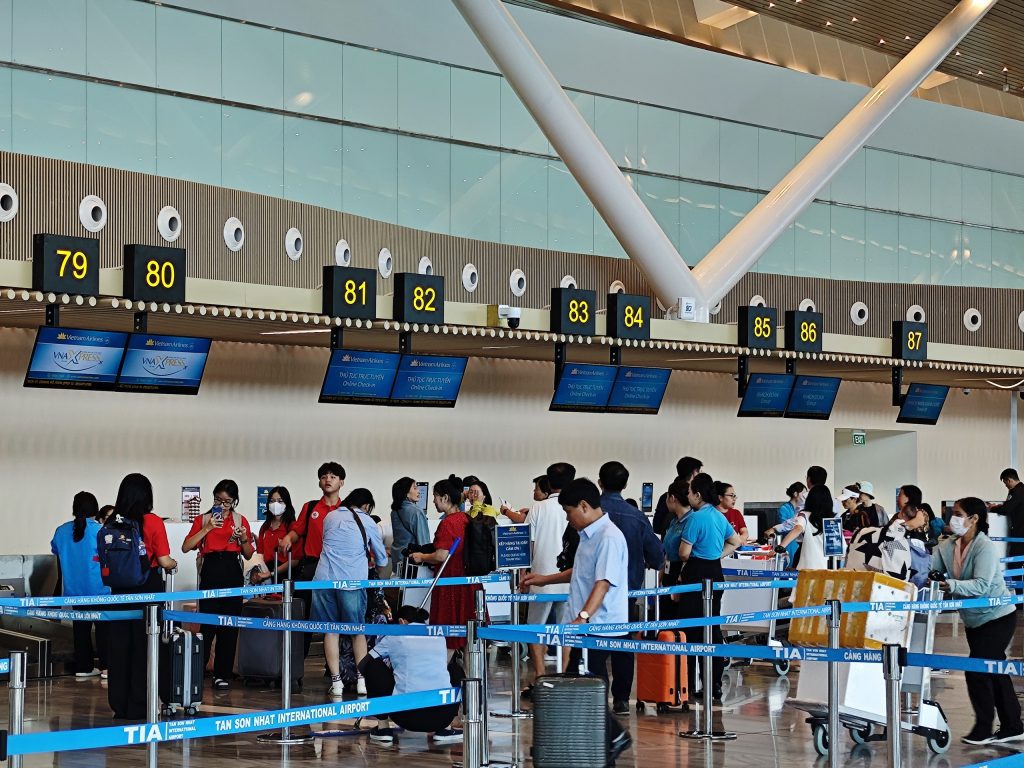
Now, onto the magic of connectivity. Vietnam’s domestic airlines—led by Vietnam Airlines, VietJet Air, Bamboo Airways, Pacific Airlines, and Vietravel Airlines—operate a robust network. Frequencies are impressive, especially on popular routes, with airlines ramping up services in 2025 to meet growing demand. For instance, between Hanoi (HAN) and Ho Chi Minh City (SGN), there are about 70-100 daily flights combined, departing every 15-30 minutes during peak hours. Hanoi to Da Nang sees around 50 flights per day, while routes like Ho Chi Minh City to Phu Quoc average 15-25 daily departures. Even lesser-traveled paths, such as Da Lat to Hanoi or Hue to Ho Chi Minh City, offer 5-10 flights daily, with more during high season (December to April). In 2025, carriers like Vietnam Airlines are adding extra flights on key routes, ensuring flexibility for last-minute adjustments. This density means your clients can tailor their trips spontaneously—perhaps extending a beach stay without missing connections.
Pricing? It’s a steal compared to many destinations, keeping Vietnam accessible and exciting. Fares fluctuate by season, demand, and booking timing (aim for 1-2 months ahead via airline apps or sites like VietOne Travel for deals), but here’s a ballpark in VND with USD equivalents (based on August 2025 rates, where 1 USD ≈ 26,220 VND):
- Hanoi to Ho Chi Minh City: 800,000-2,000,000 VND (30-76 USD) one-way economy.
- Hanoi to Da Nang: 600,000-1,500,000 VND (23-57 USD).
- Ho Chi Minh City to Phu Quoc: 500,000-1,200,000 VND (19-46 USD).
- Da Nang to Hanoi: 700,000-1,800,000 VND (27-69 USD).
- Ho Chi Minh City to Hue: 900,000-2,200,000 VND (34-84 USD).
- Hanoi to Nha Trang (Cam Ranh): 700,000-1,600,000 VND (27-61 USD).

These are averages; low-cost carriers like VietJet often dip lower with promotions, while premium options from Vietnam Airlines add perks like checked baggage. Factor in taxes and fees (around 200,000-500,000 VND or 8-19 USD extra), but overall, a round-trip rarely exceeds 5,000,000 VND (191 USD). It’s cost-effective for bundling into packages—think a week-long circuit for under 10,000,000 VND (382 USD) in flights alone.
Pro tip for agents: Encourage early bookings and flexible dates to snag the best rates. Airports are efficient, with short security lines and English signage, plus apps for real-time updates. Sustainability note: Airlines are adopting greener practices, like fuel-efficient fleets, aligning with eco-conscious travelers.
In essence, Vietnam’s internal flights transform a vast country into an intimate playground. Your clients can chase sunrises in the north, savor street food in the center, and sunset-dive in the south—all in one trip. It’s inspiring, isn’t it? The ease invites deeper immersion: a spontaneous detour to Da Lat’s pine forests or Con Dao’s turtles. At VietOne Travel, we specialize in seamless arrangements, from flight bookings to guided extensions. Let’s chat about curating these adventures and make Vietnam unforgettable together!



